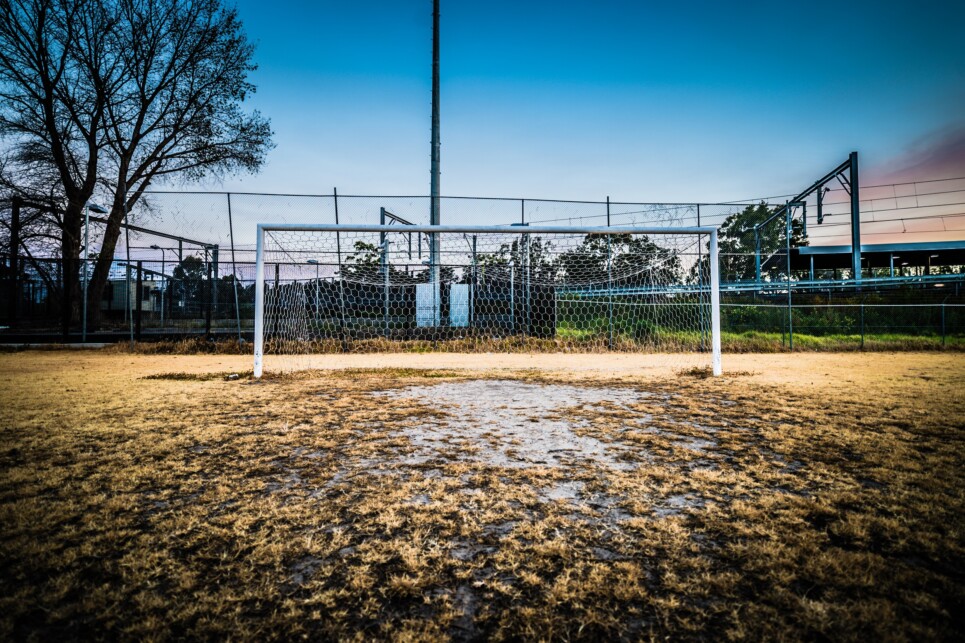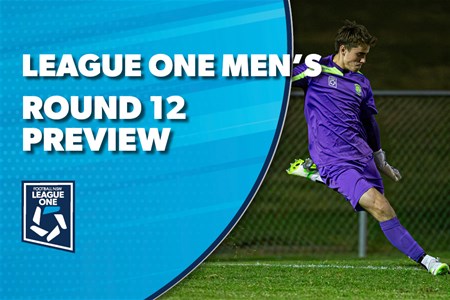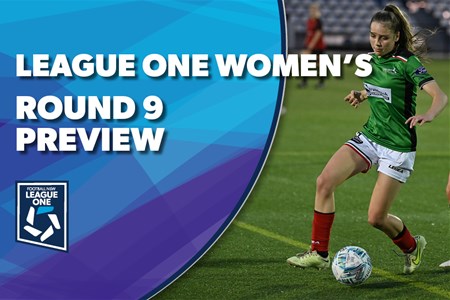Young footballers turned away from junior clubs because of a lack of sporting fields

The critical shortage of playing fields across NSW has become so desperate that some football clubs have been forced to turn away many budding young footballers.
The Sutherland Shire Football Association, the sport’s biggest association in Sydney with more than 18,000 players, has had to put eligibility criteria in place due to the shortage of facilities and local demand to play.
“It’s a sad day when you are forced to say no to a young boy or girl who just wants to join a club and play the game with their friends – it’s not fair but in some cases, we simply don’t have the capacity anymore,” said Stuart Hodge, Football NSW Chief Executive Officer.
To address the future of the game Football NSW, Northern NSW and Capital Football have undertaken a comprehensive NSW/ACT facilities audit to determine the current state of play, develop a plan for the future and provide decision-makers with a clear picture of where there is the greatest need.
A key finding of the 10-month audit was that, based on current participation and annual growth rates, by 2030 Football in NSW will be 700 pitches short and will need to work with Councils and Governments to find additional fields of play for as many as 120,000 participants.
The findings demonstrated that 45% of all pitches had no irrigation and/or drainage, resulting in pitches becoming unplayable. Loss of training nights and match days in some areas is as much as 25% resulting in a less enjoyable football experience and uneven competitions when many matches are cancelled.
The most comprehensive report of its kind also found that;
- Just 54 pitches are synthetic
- 32% of playing grounds have no lighting
- 42% have lighting which is considered inadequate for football
- Only 41% of playing fields have irrigation and drainage
- 45% have no irrigation at all
The data also provides a clear indication of which are the priorities in each association, club, venue, facility and the estimated cost of works.
Mr Hodge said the greatest need is for synthetic fields and floodlights.
“This will ensure year-round use, not just for football but it will also allow us to collaborate with other sports,” he added.
“Every football field from Byron Bay to Albury has been audited with some astounding results.
Football is the biggest participation sport in the State with more than 350,000 players registered to play the world game this year across NSW.
They will play across 1,000 sites and 2,284 pitches, with an average of 155 players using each football field across a season.
In some areas, like the Sutherland Shire, the ratio of players-to-pitches is as high as 280 to 1.
Northern NSW Football Chief Executive Officer, David Eland, has urged the NSW Government to provide the necessary support from the $1b Regional Development Fund.
He said the lack of quality and quantity of football fields could prevent further growth of the game.
“Football engages with so many individuals in every suburb across NSW, therefore facilities at the grassroots levels are so crucial, and we need action now,” Mr Eland said.
“For football, indeed any sport, facilities are the lifeblood of the local community, and improving the quality and increasing the quantity of infrastructure across NSW will see social and health benefits filter through to all participants.”
BACKGROUND
- The 2018 Football Facilities Audit, Football NSW found that the sport will need an additional 700 full sized pitches over the next 11 years in order to cope with the demand
- The audit was conducted over 10 months by Football NSW, Northern NSW and Capital Football by world-renowned Melbourne based sports consultancy company, Inside Edge
- Utilising their Sports Facility Audit software, just over 1000 facilities – totalling some 2,284 pitches – were identified throughout NSW and the ACT
- The software allows each organisation to drill down and identify data and needs specific to their territory
- Football is NSW is expected to have more than 350,000 players in NSW registered in 2019
- 45% of all pitches have no irrigation and/or appropriate drainage
- Loss of training nights and match days in some areas is up to 25%
- There are only 54 synthetic turf pitches in New South Wales and none of these are in regional areas
- Victoria has the same number of synthetic pitches but with one-fifth of NSW/ACT’s playing numbers.
- 32% of all pitches do not have any form of lighting
- Of the pitches which do have lighting 42% are below what is considered adequate for football training and matches by Australian Lighting Standards
- The NSW Government’s recent Active Kids program showed that almost 167,000 children received the $100 registration rebate – almost three times the next ranked sport
- The average player-to-pitch ratio was 155:1 across the state
- In some areas of metropolitan Sydney, such as the Sutherland Shire, this blows out to as high as 280:1
- Many clubs are full and have to turn new players away due to the limited number of pitches at their disposal on which to play games



